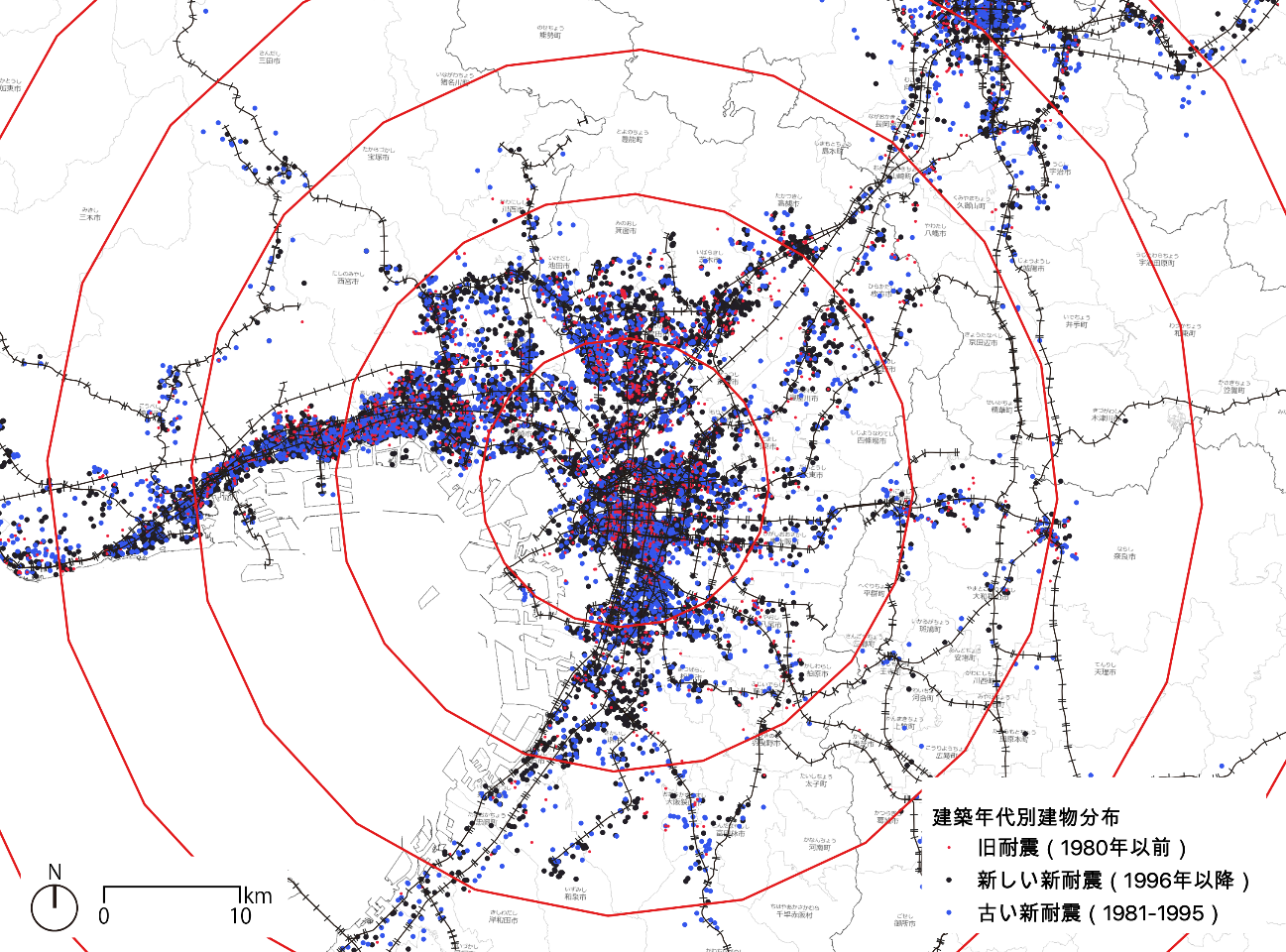Staff Page
BABA, Hiroki

- Research Departments・Position
- Global Humanosphere
Affiliated Associate Professor - Area
- Urban and Real Estate Analysis
- Research Interests / Keywords
- Urban policy
Urban shrinkage
Condominium/apartment
Housing and land tenure system
Urban amenities
BABA, Hiroki
Overview
Construction and application of a housing database
I construct a housing database to analyze people's “living” from various perspectives. I collect important information such as the location, size, age, and transaction price of houses, and in some cases I also incorporate non-structural data such as building images and interior floor plans to consolidate data for the integration of diverse academic knowledge. So far, I have developed a technology for overlapping and integrating real estate information provided by private companies and constructed a comprehensive database of condominiums. As an example, I analyzed the rebuilding tendency and calculated the rebuilding probability of condominiums with old seismic standards. Due to the ease of obtaining data, I have focused on the housing in Japan, but as a future work, I would like to collect real estate information from overseas and conduct comparative analysis of housing policies from a unified perspective.
Evaluating the attractiveness of cities
Most modern cities have been formed by the accumulation of commerce and industry. In recent years, however, the factors behind urbanization have also been explained in terms of the accumulation of amenities such as stores and leisure facilities. In particular, with the growing demand in remote work, cities are becoming a choice from the consumer's perspective. Therefore, in FY2020, I developed the Walkability Index, which scores the concentration of amenities within walking distance, and analyzed the attractiveness of cities in Japan. As a future work, I would like to apply the analysis frame to cities worldwide, and deepen my knowledge on how to index walkability in cities with different backgrounds such as race and religion. In addition, assuming that a part of rent is attributed to walkability, I would like to analyze whether the target area is appropriate compared to income, taking into account both housing and socioeconomic characteristics.
Survey and comparison of housing-related policies across country
The morphology of housing differs from country to country, and its policies reflect legal concepts, political conditions, building materials, and other factors. Nevertheless, I believe that it is important to conduct an in-depth survey of housing-related policies in each country, and discuss the differences among countries in order to deepen our understanding of housing in the future. Focusing on vacant housing policies, I have conducted a policy review of building demolition in Berlin, and have analyzed the current land use after the demolition with a series of fieldworks. At the same time, I have conducted a comparative analysis of vacant housing policies in Japan and Spain, focusing on the differences in regional decentralization. In order to further accumulate the above knowledge, I would like to review housing policies in regions other than Europe, and analyze how they affect people's “living”.

Geographical distribution of condominiums within 30km of Kinki region by construction age (Edited from Baba et al., 2020, CSIS Discussion Paper Series, 161, Fig. 16)

An example of a building that was reduced from 11 floors to 5 floors in Berlin